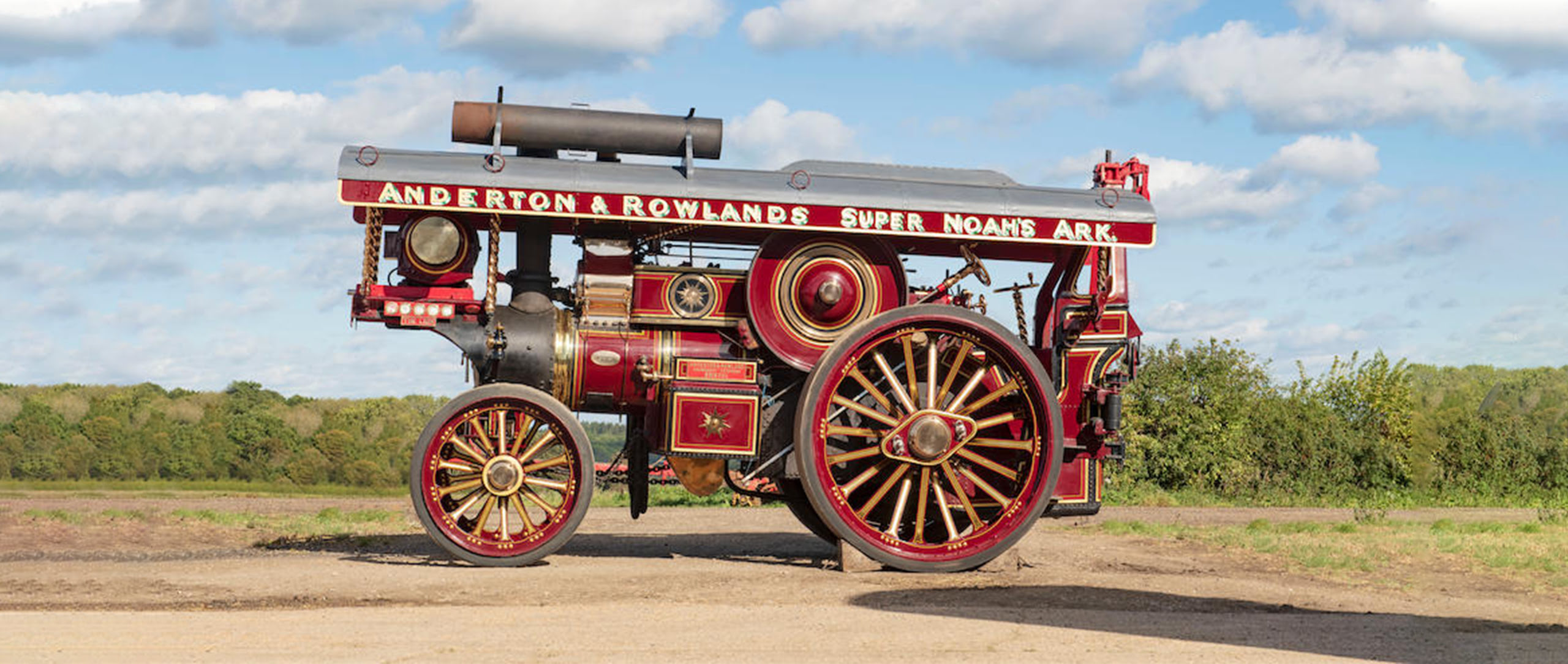Nice party grandma
06 November 2020 1 min read 5 images

The news, dating back to the beginning of this year, was one of the more juicy stories: after more than a decade, Bonhams would leave the patronage of London-Brighton to its rival RM. For RM, however, it was an unfortunate decision: no event because of Covid-19 and no auction. Bonhams took the opportunity by the horns and organized a sale that widened the range of vehicles on offer slightly, so whereas before experts only allowed cars up until 1904 (the veteran car entry cut-off date for the London-Brighton) this year they went up until 1939, thus giving rise to a sale dedicated to the “Golden Age of Motoring 1886-1939”.
Register to unlock this article
Signing up is free and gives you access to hundreds of articles and additional benefits. See what’s included in your free membership. See what's included in your free membership.
Already have an account? Log In